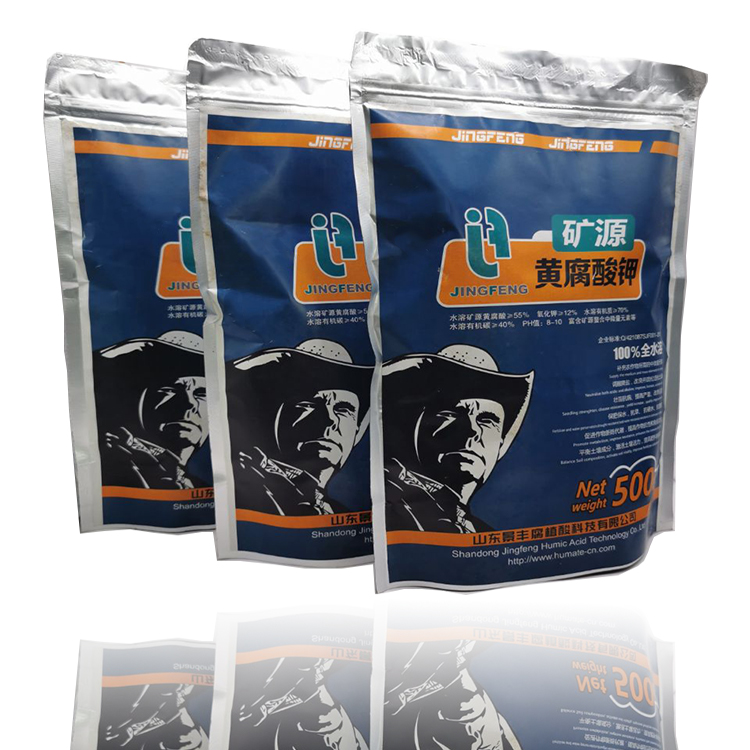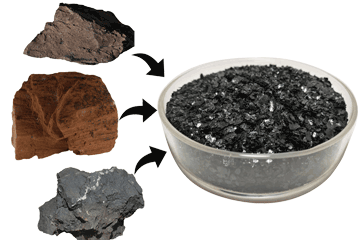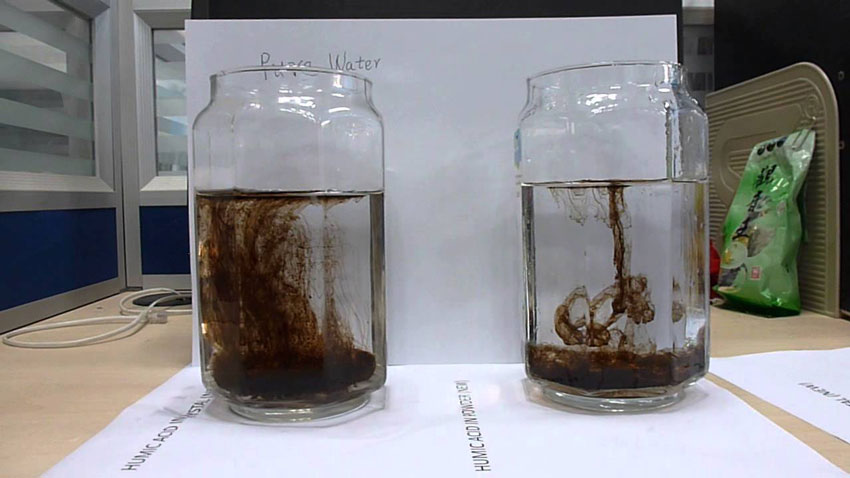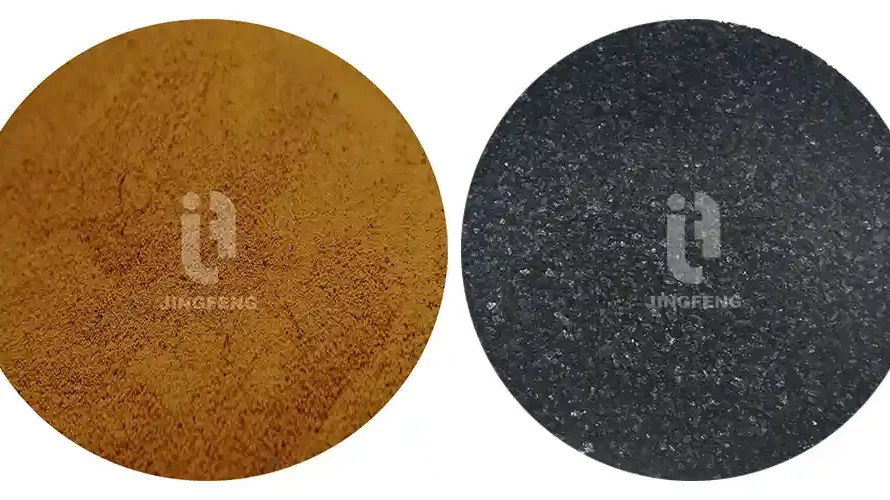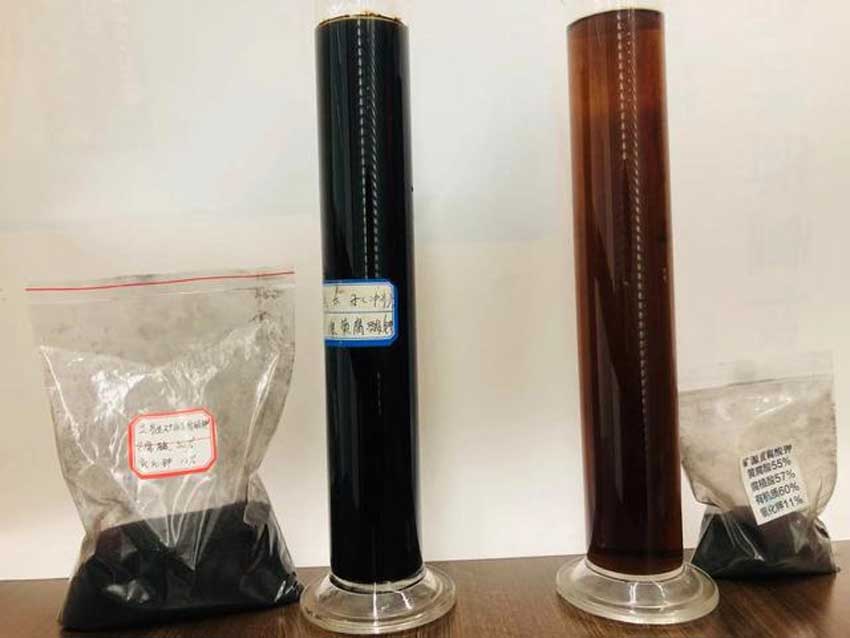The activity of fulvic acid used in agriculture products
The functional groups of fulvic acid, such as carboxy and phenolic hydroxyl groups are the main factors to make humic acid have unique chemical and biological activity. They are also the core component that determines the basic characteristics of humic acid.
The chemical activity of humic acid is also different because of the different content of functional groups. Because of the high content of active functional groups of fulvic acid, small molecular weight and good water solubility, the active group of fulvic acid can easily enter the plant and play its due role.
The deflocculation of fulvic acid used in agriculture
The deflocculation of fulvic acid is a very important indicator for judging the quality of fulvic acid. Humic acid has a strong complex adsorption capacity for metal ions. Reaching hundreds of milligrams of metal ions per gram of humic acid.
This is because humic acid contains multiple reactive groups such as phenolic hydroxyl group, alcoholic hydroxyl group, carboxyl group and active site. As well as a variety of chemical reactions such as nucleophilicity and electrophilicity.
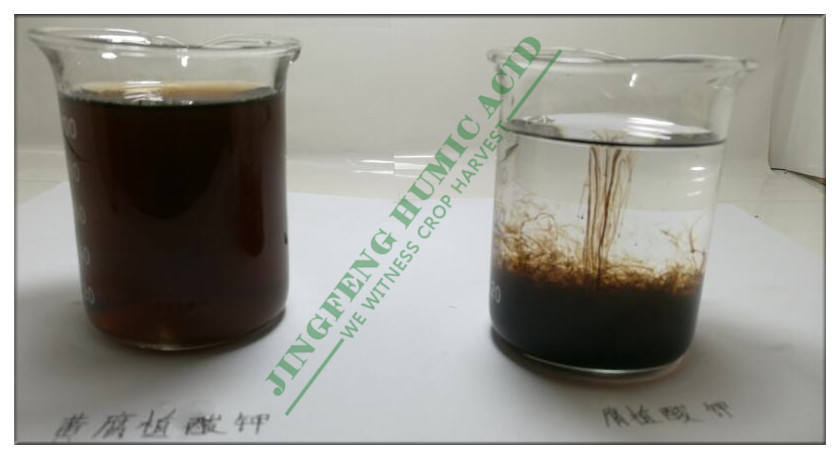
Deflocculation principle of fulvic acid in agriculture products.
According to the introduction of foreign materials, humic acid substances are colloid-like. Which will cause the humic acid molecules to “curl” or compress the electric double layer of the solution in the high electrolyte solution. So that the functional groups of the humic (humic acid) “shield” become insoluble.
To make humic acid anti-flocculating, the main measures are to reduce the molecular weight. Increase the number and activity of functional groups. Not to be shielded by the electrolyte. And thicken the electric double layer of the solution accordingly.
Why is the deflocculation of fulvic acid so important?
 Because humic acid is used to make water-soluble fertilizers such as drip irrigation fertilizer, spray fertilizer, flush fertilizer, foliar fertilizer, etc.. It must be formulated with water when used. Most of the arid areas use underground hard water containing a large amount of heavy metal ions for the deployment. Especially for drip irrigation. The amount of water used is 3-5 million times that of humic acid.
Because humic acid is used to make water-soluble fertilizers such as drip irrigation fertilizer, spray fertilizer, flush fertilizer, foliar fertilizer, etc.. It must be formulated with water when used. Most of the arid areas use underground hard water containing a large amount of heavy metal ions for the deployment. Especially for drip irrigation. The amount of water used is 3-5 million times that of humic acid.
Some low-content mineral fulvic acid is diluted with 2000 times 12 degree hard water, and fulvic acid will complex with calcium, magnesium, iron, and aluminum ions in the water to produce flocculation. The best quality dilution factor is less than 5000 times and it will flocculate.
Once flocculation occurs, the floc can easily block the drip holes and cause the entire drip irrigation system to be scrapped. Simultaneously, fulvic acid and calcium, magnesium and other ions in water are complexed to form salts such as calcium fulvic acid and magnesium. At this time, fulvic acid became water-insoluble, and its multiple functions would fail at the same time. Therefore, the flocculation resistance of fulvic acid is the most important indicator of fulvic acid agriculture products.

